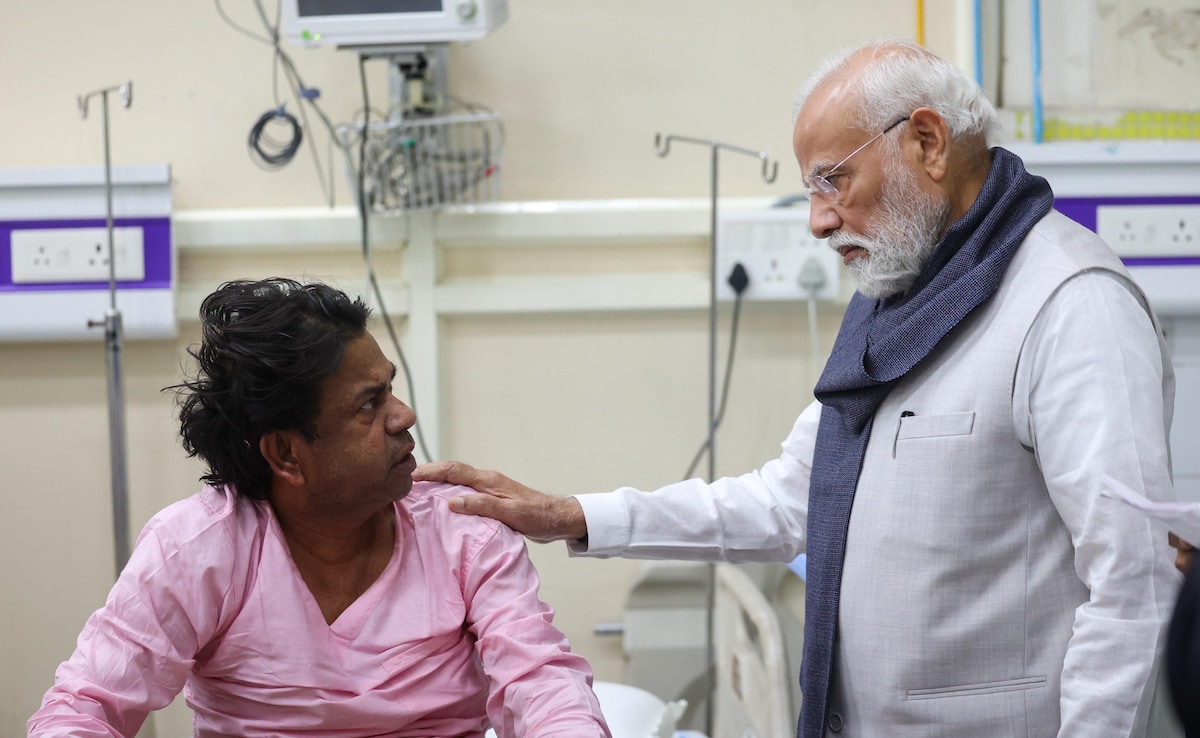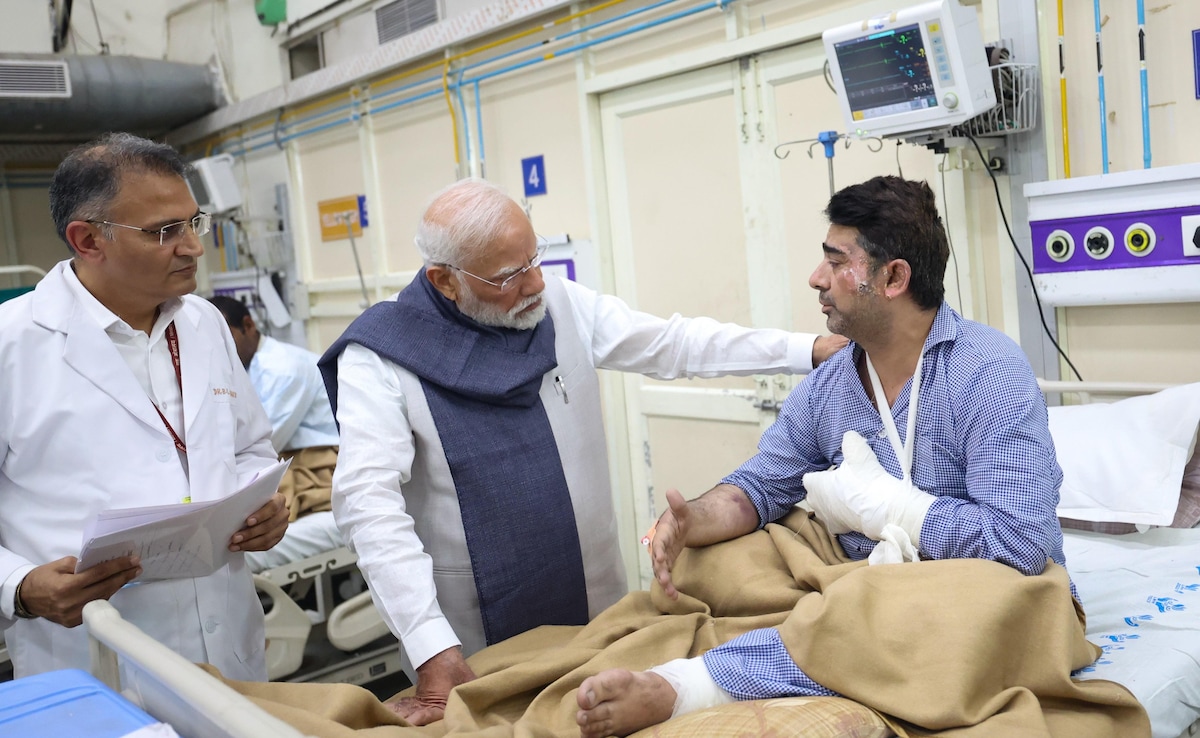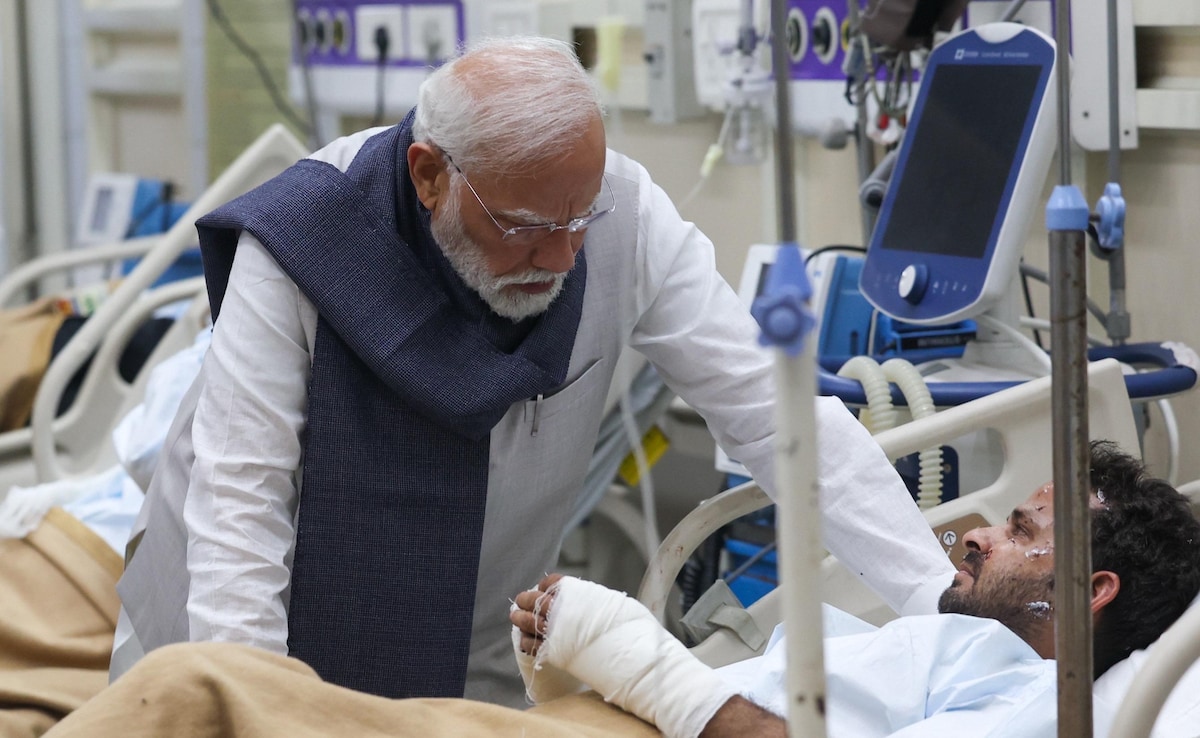Prime Minister Narendra Modi on Wednesday visited Lok Nayak Hospital to meet the victims of the blast near the Red Fort, minutes after he returned to the Capital from a two-day Bhutan visit.
Security was heightened outside the hospital, where all the victims have been admitted, in view of the visit.
Went to LNJP Hospital and met those injured during the blast in Delhi. Praying for everyone's quick recovery.
— Narendra Modi (@narendramodi) November 12, 2025
Those behind the conspiracy will be brought to justice! pic.twitter.com/HfgKs8yeVp
The blast in a slow-moving white Hyundai i20 car at 6.50pm on Monday, ripped through a clutch of vehicles near the iconic Red Fort, leaving nine people dead so far. The incident during rush hour gutted several vehicles, leaving 20 people injured.

The blast occurred hours after eight people, including three doctors, were arrested and 2,900 kg of explosives seized with the uncovering of a "white collar" terror module involving the Jaish-e-Mohammed and Ansar Ghazwat-ul-Hind and spanning Kashmir, Haryana and Uttar Pradesh.
The blast occurred hours after eight people, including three doctors, were arrested and 2,900 kg of explosives seized with the uncovering of a "white collar" terror module involving the Jaish-e-Mohammed and Ansar Ghazwat-ul-Hind and spanning Kashmir, Haryana and Uttar Pradesh.
Also Read | Slow-Moving Traffic, Then Big Explosion: CCTV Footage Of Delhi Red Fort Blast
Among those arrested on Monday were Dr Muzammil Ganaie and Dr Shaheen Sayeed, both connected to Al Falah University in Faridabad, from where 360 kg of ammonium nitrate was recovered.

The Al Falah University at Dhouj, around 45 km from Delhi, is a private institute recognised by the University Grants Commission.
Dr Umar Nabi, who was driving the car that exploded near the Red Fort, was also connected to Al Falah University. Nabi is believed to have died in the blast.
Also Read | Delhi Blast Suspects Planned Diwali Attack, Aborted It Later: Sources
Ganaie and Umar reportedly recced the Red Fort area before the explosion. They were planning to target a crowded place on Diwali but failed to carry out any activity. They were also planning to launch an attack on Republic Day, sources said.

According to the sources, an unspecified amount of ANFO, an explosive compound containing ammonium nitrate and fuel oil, was packed into the Hyundai i20. The bomb was set off by a detonator that may have been manually triggered, which makes it a suicide attack.
Sources said high-grade explosives were also used in the blast. One of the explosive samples collected from the Delhi blast site is believed to be more powerful than ammonium nitrate.
Track Latest News Live on NDTV.com and get news updates from India and around the world

